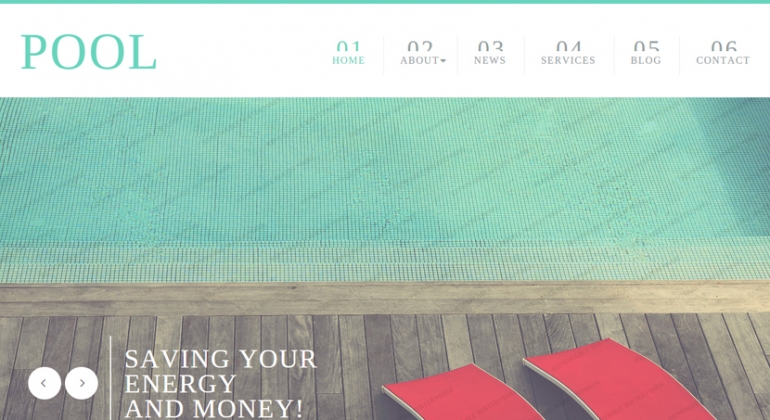Keep Your Website Familiar - Mental Models and Web Design
When you're designing your customer-facing website, it's probably too tempting to think outside the box and try to create a unique and innovative online experience. But this may actually turn out to be the least effective and most alienating approach you could possibly take.
Here's the reason: The human mind creates images in order for it to represent different aspects of the world around us. These stored representations then help us draw conclusions and understand complex ideas. They affect the first things we notice in complicated situations, they help shape our actions and behavior, and they define how we handle and solve problems.
These concepts are integrated into our mental models that organize the way that we understand our world. A mental model represents the thought process of how something seems to work for us. We have a mental model for every single aspect of our life, like how to perform in a job interview, or the way we behave on a first date, etc.
Mental models are important because they help us to process new information by providing an organized structure for us to understand. When we go to some new restaurant, we know pretty much what to expect, from sitting down at a table, ordering from a menu, and waiting for the server to bring food, even though it may be our first visit.
The same holds true when we visit a website. We expect the login area to consist of a couple of labeled boxes of about equal size close to each other. The first box should be for the users name and the second for the password, otherwise we may find it difficult to log in properly.
Without realizing it, we have developed a concept of how things are supposed to work in the online world. We've developed online mental models, and have a mental model of what a home page should look like, where the 'Contact us' link is supposed to be located, and we know what a clickable button is supposed to look like. Even if you were a user from a different country, and you closed your eyes, if you described an ecommerce site, news site or even a singles' dating site, chances are that you'd agree on the features for each type.
This means that, for example, if you are planning to launch a new retail site, you must keep in mind that your potential customers will subconsciously be comparing it to that category's prototype, like eBay or maybe Amazon. We retrieve and process information that is prototypical of a particular category much faster than that which is less prototypical. The more your site is similar to the market leaders, the more your users are going to be comfortable with it, and the less likely they are going to be bounced away and go to some another website.
Guided by our prior knowledge, user expectations are created so that very little input is needed for the recognition. Users will feel familiar and comfortable with a new website after just a short time exposure, because they already have some general expectations about where to find the stuff they are looking for, even before typing in the URL.
On the other hand, if they are encountering a new structure that cannot be interpreted using a familiar model, their senses must provide additional information to their brain.
Once they are created, mental models have a tendency to stay unchanged, even when faced with contradictory information. Our mental models actually affect the way we accept or reject new conceptual models. Our brain identifies with the familiar patterns. We're wired to search for those patterns that led to successful interactions in the past. The more familiar we are with something, the less cognitive effort we have to invest in finding the correct reaction.
If your website visitors can't rely on their previous experience during their visit to your site, they won't consider it innovative, because they are not prepared for it and they will also wonder why things are not where they're supposed to be. So, if you want people to feel good about interacting with your products or your brand, you need to ensure that the surface elements match your user's online mental models, so that they can be easily and accurately interpreted.
Businesses must design interactive experiences that will take into consideration the limitations of the human cognitive system. By designing web pages according to users' mental models, you accelerate their orientation and memorability.
The more established the design and navigation patterns that your users find on your website, the higher the level of surface meaning will be. And, the easier it is for them to recognize those elements, the better chance you have to selling them your product or service.
Here's more for you to read on this and related topics:
- Research-Based Web Design & Usability Guidelines
- 100 Things Every Designer Needs to Know About People
- Simple and Usable Web, Mobile, and Interaction Design
- Foundations for Designing Online User Experiences
- 125 Ways to Enhance Usability, Influence Perception, Increase Appeal, Make Better Design Decisions
About the author
Copyright © . All Rights Reserved


